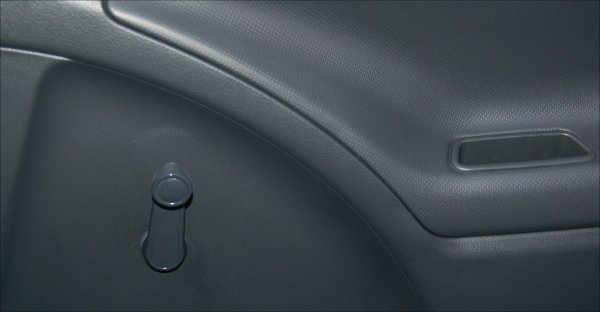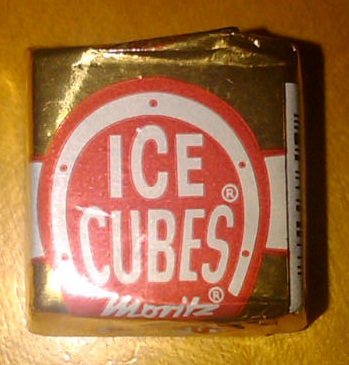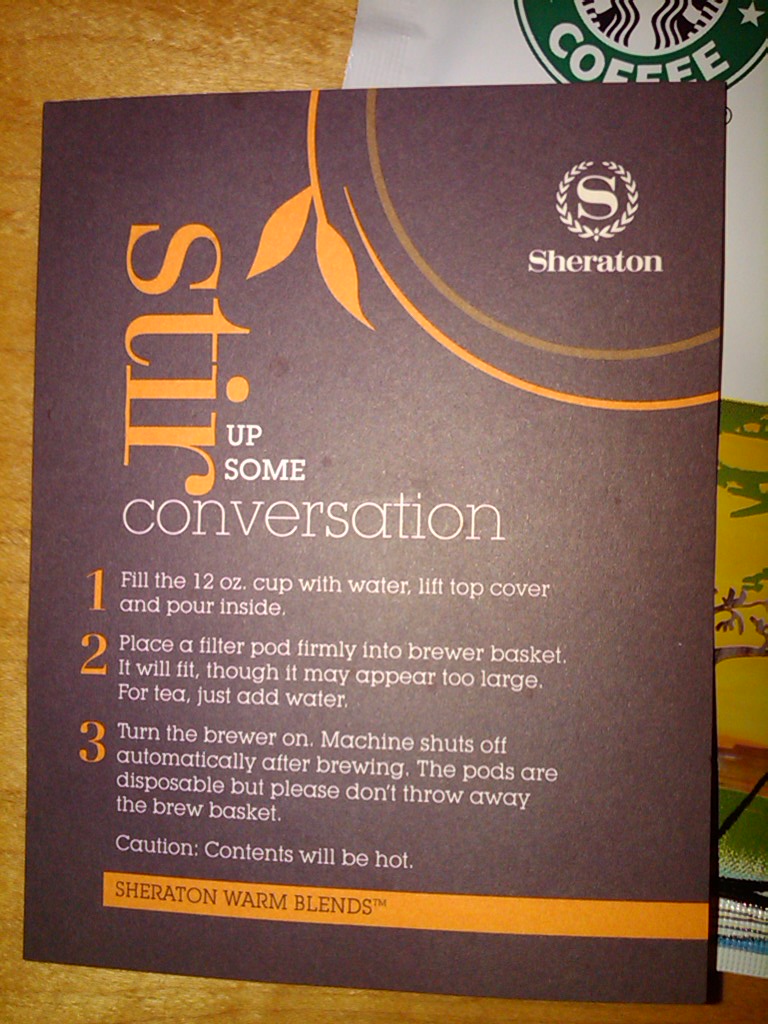Note: This is the latest installment in an occasional series of quick dispatches from the trail - things I pick up from airports, hotels, cabs, meetings - anywhere really, in hopes that at least some of the observations will be interesting and even worthwhile. And also, since being out on the road for work usually throws off the schedule and gives me less time to worry about the little blog here, these Notes from the Road pieces have a internal timer set at 15 minutes. Whatever ideas, no matter how half-baked or thinly developed, get the 'Publish' treatment at the 15-minute mark.  Remember the good old days?
Remember the good old days?
Ready, set, go. Fifteen minutes starts now.
Late last night, (so late it was technically this morning), I picked up another one in a long chain of non-descript rental cars from the San Francisco airport. The kind of small, uninspiring, utterly forgettable kinds of cars that seem to survive solely on fleet sales to the Hertzes and Avises of the world. So what?Not a big deal really. With these kinds of weekly business rentals what companies and travelers are mostly interested is reliable, safe transport at the lowest cost possible. And my typical ChevroFordNisOyota boxes generally fit that description.
As I loaded up the blue/gray/white, (actually I sort of don't remember what color it is), and headed for the exit all I was really thinking about was finding the hotel and crashing after what had been an extremely long day of last day of the Thanksgiving holiday weekend travel. When I pulled up to the rental car exit to show the attendant my driver's license and answer 'No' to the endless series of upsell questions, ('Do you want to take out insurance in case you and the rental car are kidnapped and shipped to the Crimea?'), I suddenly and surprisingly froze, as I was unable to find the button or switch that would lower the driver's side window so I could hand over my paperwork.
Where the heck was the button? Why can't I find the button? I am sitting here like a idiot that can't sort out how the rental car works. The guy behind me just started honking. What the hell?
Then it hit me, (finally, although it probably only took a few seconds, it seemed like a lot more), the car had manual windows. And the window handle was kind of small, and positioned pretty low on the inside of the door. That, the unfamiliar car, the darkness in the rental car garage, the late hour, and an extremely tired Steve conspired to render me unable to operate one of the most basic and primitive user interfaces ever invented - a little handle that simply needs to be turned a few times to lower the window.
I can't remember the last time I was in a car that did not have automatic windows, power locks, intermittent wipers - really all of the once amazing technological advances that have made driving easier, more fun, and more sophisticated. But becoming accustomed to all these things, I think, has made many of us kind of technologically dependant, and has reduced our ability and even our curiosity about the tools and technology we have come to expect that will take care of us to some extent.
Modern technology is truly amazing, wondrous, insert your favorite adjective here. But relying on it too much, and never having to operate in more primitive environments, can also allow the technology to own us in a way.
And one day, when the machines rise up against us...
 Ever had one of these?
Ever had one of these?
 Steve
Steve






